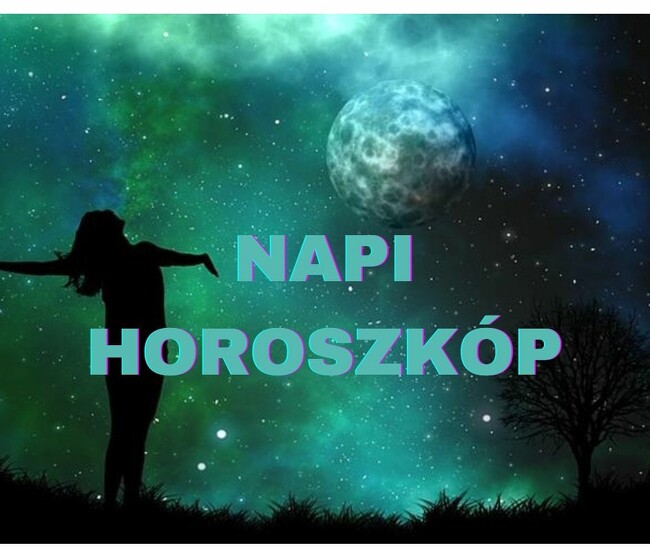[{“available”:true,”c_guid”:”4e9ca151-f34d-4399-a9a5-73f126382dfb”,”c_author”:”hvg.hu”,”category”:”gazdasag.zhvg”,”description”:”A bálnák 6 órás védekezés után sekélyebb vizekben helyezték biztonságba magukat.”,”shortLead”:”A bálnák 6 órás védekezés után sekélyebb vizekben helyezték biztonságba magukat.”,”id”:”20230502_balna_tamadas_kardszarnyu”,”image”:”https://api.hvg.hu/Img/ffdb5e3a-e632-4abc-b367-3d9b3bb5573b/4e9ca151-f34d-4399-a9a5-73f126382dfb.jpg”,”index”:0,”item”:”8f98658e-90ad-4ad6-b5c5-a309a2b6d85d”,”keywords”:null,”link”:”/zhvg/20230502_balna_tamadas_kardszarnyu”,”timestamp”:”2023. május. 02. 13:41″,”title”:”Bálnákat támadott meg egy csapat kardszárnyú delfin – videó”,”trackingCode”:”RELATED”,”c_isbrandchannel”:false,”c_isbrandcontent”:false,”c_isbrandstory”:false,”c_isbrandcontentorbrandstory”:false,”c_isbranded”:false,”c_ishvg360article”:false,”c_partnername”:null,”c_partnerlogo”:”00000000-0000-0000-0000-000000000000″,”c_partnertag”:null},{“available”:true,”c_guid”:”012040b7-1170-4d4f-a5ec-7d4943b73a44″,”c_author”:”hvg.hu”,”category”:”vilag”,”description”:”Egy ’90-es évekbeli ügy miatt áll bíróság előtt Donald Trump New Yorkban.”,”shortLead”:”Egy ’90-es évekbeli ügy miatt áll bíróság előtt Donald Trump New Yorkban.”,”id”:”20230501_Trump_ugyvedei_nem_tudtak_ejtetni_a_korabbi_elnok_nemieroszakugyet”,”image”:”https://api.hvg.hu/Img/ffdb5e3a-e632-4abc-b367-3d9b3bb5573b/012040b7-1170-4d4f-a5ec-7d4943b73a44.jpg”,”index”:0,”item”:”8b34cf07-94f5-400f-988b-3f7d8907dc12″,”keywords”:null,”link”:”/vilag/20230501_Trump_ugyvedei_nem_tudtak_ejtetni_a_korabbi_elnok_nemieroszakugyet”,”timestamp”:”2023. május. 01. 22:11″,”title”:”Trump ügyvédei nem tudták ejtetni a korábbi elnök nemi erőszak miatt indult perét”,”trackingCode”:”RELATED”,”c_isbrandchannel”:false,”c_isbrandcontent”:false,”c_isbrandstory”:false,”c_isbrandcontentorbrandstory”:false,”c_isbranded”:false,”c_ishvg360article”:false,”c_partnername”:null,”c_partnerlogo”:”00000000-0000-0000-0000-000000000000″,”c_partnertag”:null},{“available”:true,”c_guid”:”4eb39588-4bc9-4c67-ac9c-ca690e0d7e74″,”c_author”:”Sztojcsev Iván”,”category”:”gazdasag”,”description”:”Semmi nem drágult jobban a tankönyvnél Magyarországon, még a vöröshagyma sem, ellenben a régi lakások biztosítása jó sokat vesztett az értékéből. Elkértük a több, mint 900 termékből álló listát, amelyből kiszámolták, hogyan jött ki a 25,2 százalékos infláció.”,”shortLead”:”Semmi nem drágult jobban a tankönyvnél Magyarországon, még a vöröshagyma sem, ellenben a régi lakások biztosítása jó…”,”id”:”20230501_inflacio_nagyon_reszletes_ksh”,”image”:”https://api.hvg.hu/Img/ffdb5e3a-e632-4abc-b367-3d9b3bb5573b/4eb39588-4bc9-4c67-ac9c-ca690e0d7e74.jpg”,”index”:0,”item”:”9c3f9bec-11b3-4df0-98e5-59b52650da78″,”keywords”:null,”link”:”/gazdasag/20230501_inflacio_nagyon_reszletes_ksh”,”timestamp”:”2023. május. 01. 14:00″,”title”:”A vöröshagyma drágul, de az Xbox sokkal olcsóbb lett – elkértük a KSH-tól az infláció legrészletesebb számait”,”trackingCode”:”RELATED”,”c_isbrandchannel”:false,”c_isbrandcontent”:false,”c_isbrandstory”:false,”c_isbrandcontentorbrandstory”:false,”c_isbranded”:false,”c_ishvg360article”:false,”c_partnername”:null,”c_partnerlogo”:”00000000-0000-0000-0000-000000000000″,”c_partnertag”:null},{“available”:true,”c_guid”:”81e20074-d53c-4455-a706-0cf837a6e757″,”c_author”:”Lenthár Balázs”,”category”:”360″,”description”:”Orbán a Kelet és a Nyugat közötti pufferállam szerepét szánja Ukrajnának, csak kérdés, hogy van-e ráció ebben az elképzelésben, aktuális-e egyáltalán és, ha már itt járunk, azt is megnéztük, hogy van-e bármi köze a hagyományos magyar keletpolitikához.”,”shortLead”:”Orbán a Kelet és a Nyugat közötti pufferállam szerepét szánja Ukrajnának, csak kérdés, hogy van-e ráció ebben…”,”id”:”20230501_tortenelem_Ukrajna_geopolitika_orosz_ukran_haboru_Orban_Viktor_magyar_taktikai_gondolkodas”,”image”:”https://api.hvg.hu/Img/ffdb5e3a-e632-4abc-b367-3d9b3bb5573b/81e20074-d53c-4455-a706-0cf837a6e757.jpg”,”index”:0,”item”:”e8f7ba74-eed7-47c4-a8dd-16d3ae7f7b2f”,”keywords”:null,”link”:”/360/20230501_tortenelem_Ukrajna_geopolitika_orosz_ukran_haboru_Orban_Viktor_magyar_taktikai_gondolkodas”,”timestamp”:”2023. május. 01. 10:30″,”title”:”Sem történelmi beágyazottsága, sem sok értelme nincs az Orbán Viktor által felvázolt „magyar taktikai gondolkodásnak””,”trackingCode”:”RELATED”,”c_isbrandchannel”:false,”c_isbrandcontent”:false,”c_isbrandstory”:false,”c_isbrandcontentorbrandstory”:false,”c_isbranded”:false,”c_ishvg360article”:true,”c_partnername”:null,”c_partnerlogo”:”00000000-0000-0000-0000-000000000000″,”c_partnertag”:null},{“available”:true,”c_guid”:”b11353f8-14ca-44c0-aa94-91ad0666d652″,”c_author”:”hvg.hu”,”category”:”elet”,”description”:”Szűkülő pupillák, Dunakanyar, világsztárok és kedves történetmesélés is jutott még a 78 másodperces videóba.”,”shortLead”:”Szűkülő pupillák, Dunakanyar, világsztárok és kedves történetmesélés is jutott még a 78 másodperces videóba.”,”id”:”20230501_Jeges_furdo_es_rudugras_a_Szepmuveszetiben__ime_az_atletikai_vilagbajnoksag_imazsfilmje”,”image”:”https://api.hvg.hu/Img/ffdb5e3a-e632-4abc-b367-3d9b3bb5573b/b11353f8-14ca-44c0-aa94-91ad0666d652.jpg”,”index”:0,”item”:”bacffd7b-b721-4b31-993f-7bb93ca8176d”,”keywords”:null,”link”:”/elet/20230501_Jeges_furdo_es_rudugras_a_Szepmuveszetiben__ime_az_atletikai_vilagbajnoksag_imazsfilmje”,”timestamp”:”2023. május. 01. 10:58″,”title”:”Jeges fürdő és rúdugrás a Szépművészetiben – íme az atlétikai világbajnokság imázsfilmje”,”trackingCode”:”RELATED”,”c_isbrandchannel”:false,”c_isbrandcontent”:false,”c_isbrandstory”:false,”c_isbrandcontentorbrandstory”:false,”c_isbranded”:false,”c_ishvg360article”:false,”c_partnername”:null,”c_partnerlogo”:”00000000-0000-0000-0000-000000000000″,”c_partnertag”:null},{“available”:true,”c_guid”:”1d47cedc-8a37-4004-8dde-fa3ff43ab0d3″,”c_author”:”hvg.hu”,”category”:”itthon”,”description”:”A VIII. kerületi polgármester szerint bontandó volt az épület, de nem tudták elég gyorsan felújítani a lakásokat, ahova az ott élők elköltözhettek volna. “,”shortLead”:”A VIII. kerületi polgármester szerint bontandó volt az épület, de nem tudták elég gyorsan felújítani a lakásokat, ahova…”,”id”:”20230501_Piko_Andras_Folyamatban_volt_a_lakok_atkoltoztetese_abbol_a_berhazbol_ahol_gazrobbanas_volt_hetfon”,”image”:”https://api.hvg.hu/Img/ffdb5e3a-e632-4abc-b367-3d9b3bb5573b/1d47cedc-8a37-4004-8dde-fa3ff43ab0d3.jpg”,”index”:0,”item”:”a358540e-961b-4818-97ee-e27798de673c”,”keywords”:null,”link”:”/itthon/20230501_Piko_Andras_Folyamatban_volt_a_lakok_atkoltoztetese_abbol_a_berhazbol_ahol_gazrobbanas_volt_hetfon”,”timestamp”:”2023. május. 01. 12:41″,”title”:”Pikó András: Folyamatban volt a lakók átköltöztetése abból a bérházból, ahol gázrobbanás volt hétfőn”,”trackingCode”:”RELATED”,”c_isbrandchannel”:false,”c_isbrandcontent”:false,”c_isbrandstory”:false,”c_isbrandcontentorbrandstory”:false,”c_isbranded”:false,”c_ishvg360article”:false,”c_partnername”:null,”c_partnerlogo”:”00000000-0000-0000-0000-000000000000″,”c_partnertag”:null},{“available”:true,”c_guid”:”f94c0454-9834-4854-86a3-644488d374de”,”c_author”:”HVG”,”category”:”360″,”description”:”Kilátás az Eifell-toronyra, óceáni fürdőzés, emeletes busz – robbanásszerű változások zajlanak a fényes jövő előtt álló közösségiiroda-piacon.”,”shortLead”:”Kilátás az Eifell-toronyra, óceáni fürdőzés, emeletes busz – robbanásszerű változások zajlanak a fényes jövő előtt álló…”,”id”:”20230502_munka_kozben_edes_apihenes_HVG_tavmunka_kozossegi_iroda”,”image”:”https://api.hvg.hu/Img/ffdb5e3a-e632-4abc-b367-3d9b3bb5573b/f94c0454-9834-4854-86a3-644488d374de.jpg”,”index”:0,”item”:”3b870467-9fb5-4da5-9c0e-c7956b5ec060″,”keywords”:null,”link”:”/360/20230502_munka_kozben_edes_apihenes_HVG_tavmunka_kozossegi_iroda”,”timestamp”:”2023. május. 02. 14:00″,”title”:”Nem home office és nem munkahely, ahol a munkáért fizetni kell”,”trackingCode”:”RELATED”,”c_isbrandchannel”:false,”c_isbrandcontent”:false,”c_isbrandstory”:false,”c_isbrandcontentorbrandstory”:false,”c_isbranded”:false,”c_ishvg360article”:true,”c_partnername”:null,”c_partnerlogo”:”00000000-0000-0000-0000-000000000000″,”c_partnertag”:null},{“available”:true,”c_guid”:”c169be28-b7ff-415b-83b7-bc77627822b2″,”c_author”:”Farkas Zoltán”,”category”:”360″,”description”:”Közelítget a magyar gazdaság az európai átlaghoz. Legalábbis egy olyan mutató alapján, amely a pillanatnyi sorrendet nagyjából tükrözi ugyan, de tendencia felvázolására kevéssé alkalmas.”,”shortLead”:”Közelítget a magyar gazdaság az európai átlaghoz. Legalábbis egy olyan mutató alapján, amely a pillanatnyi sorrendet…”,”id”:”20230501_hvg_gazdasag_gdp_felzarkozas_europa_vasarloero_arak”,”image”:”https://api.hvg.hu/Img/ffdb5e3a-e632-4abc-b367-3d9b3bb5573b/c169be28-b7ff-415b-83b7-bc77627822b2.jpg”,”index”:0,”item”:”6431ec36-777a-40c1-a445-c9edfca00f27″,”keywords”:null,”link”:”/360/20230501_hvg_gazdasag_gdp_felzarkozas_europa_vasarloero_arak”,”timestamp”:”2023. május. 01. 07:00″,”title”:”Játék a szavakkal és a számokkal, hogy a magyar gazdaság fejlettsége közelít az európaihoz”,”trackingCode”:”RELATED”,”c_isbrandchannel”:false,”c_isbrandcontent”:false,”c_isbrandstory”:false,”c_isbrandcontentorbrandstory”:false,”c_isbranded”:false,”c_ishvg360article”:true,”c_partnername”:null,”c_partnerlogo”:”00000000-0000-0000-0000-000000000000″,”c_partnertag”:null}]
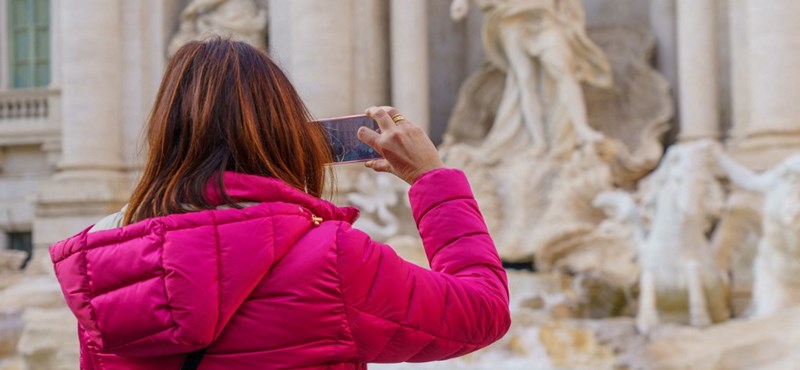

Depending on your membership level, we offer, among others:
- We send you an exclusive weekly digest of the interesting things in the world;
- You can gain insight into the work of HVG, you can meet our authors;
- You can take part in pre-premier screenings of the latest films, in various events;
- You can buy HVG books and publications at a discount;
- You can read hvg360 digital news magazine.
We recommend it from the first page









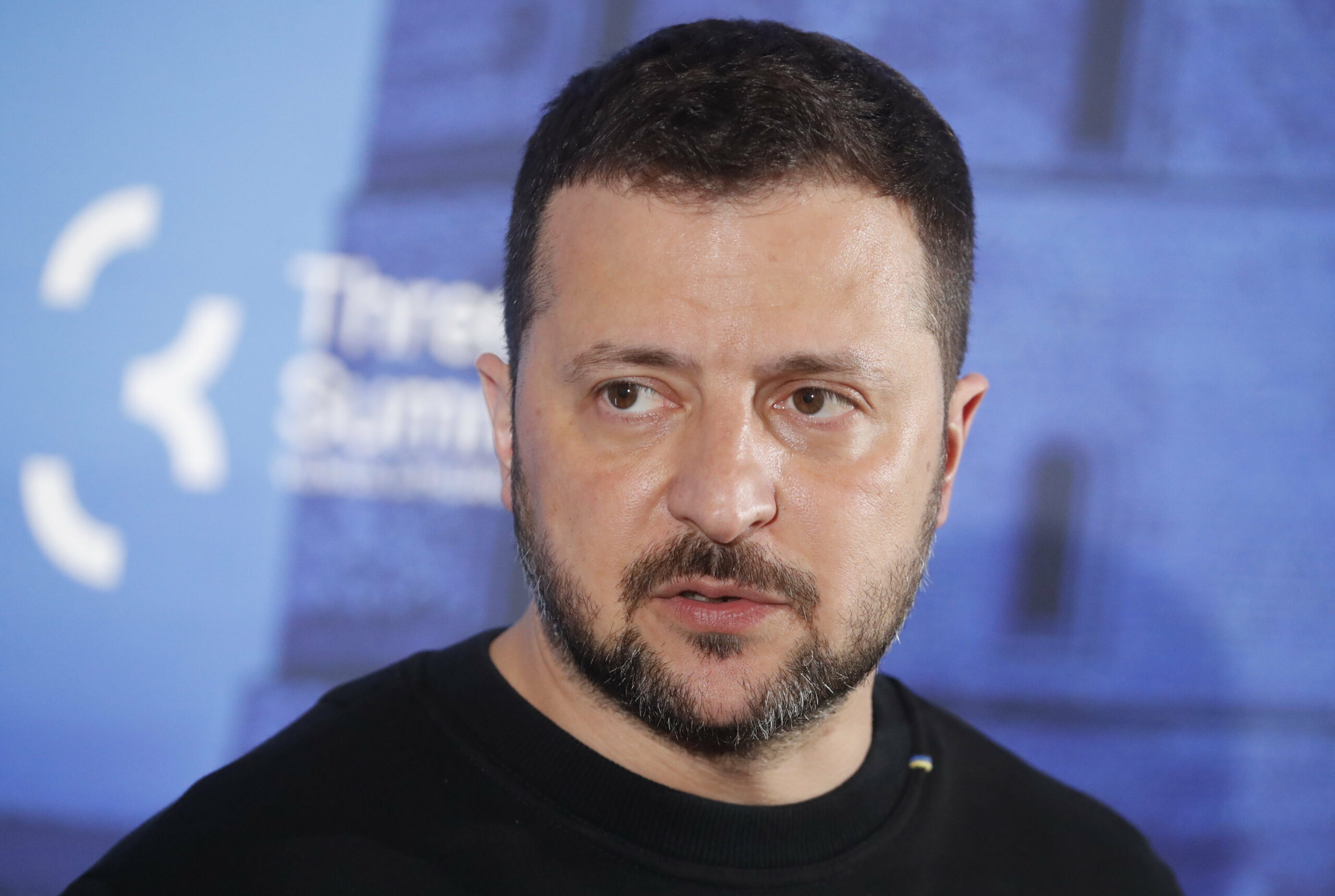


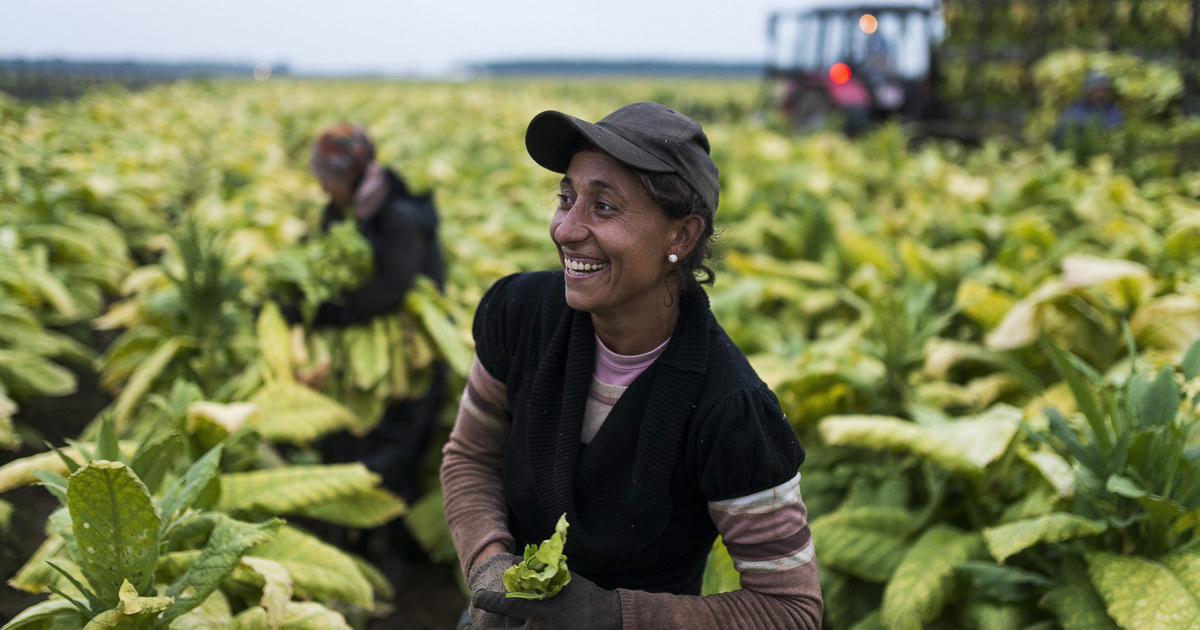



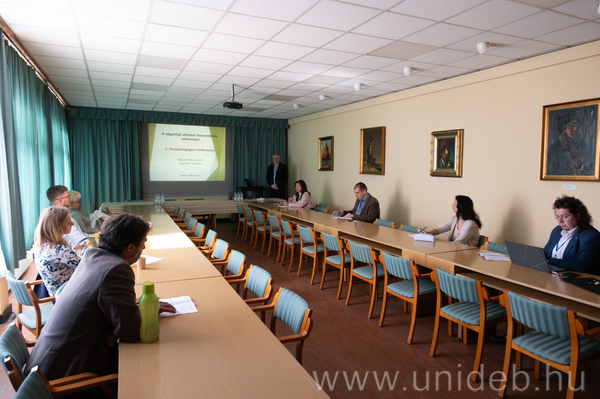



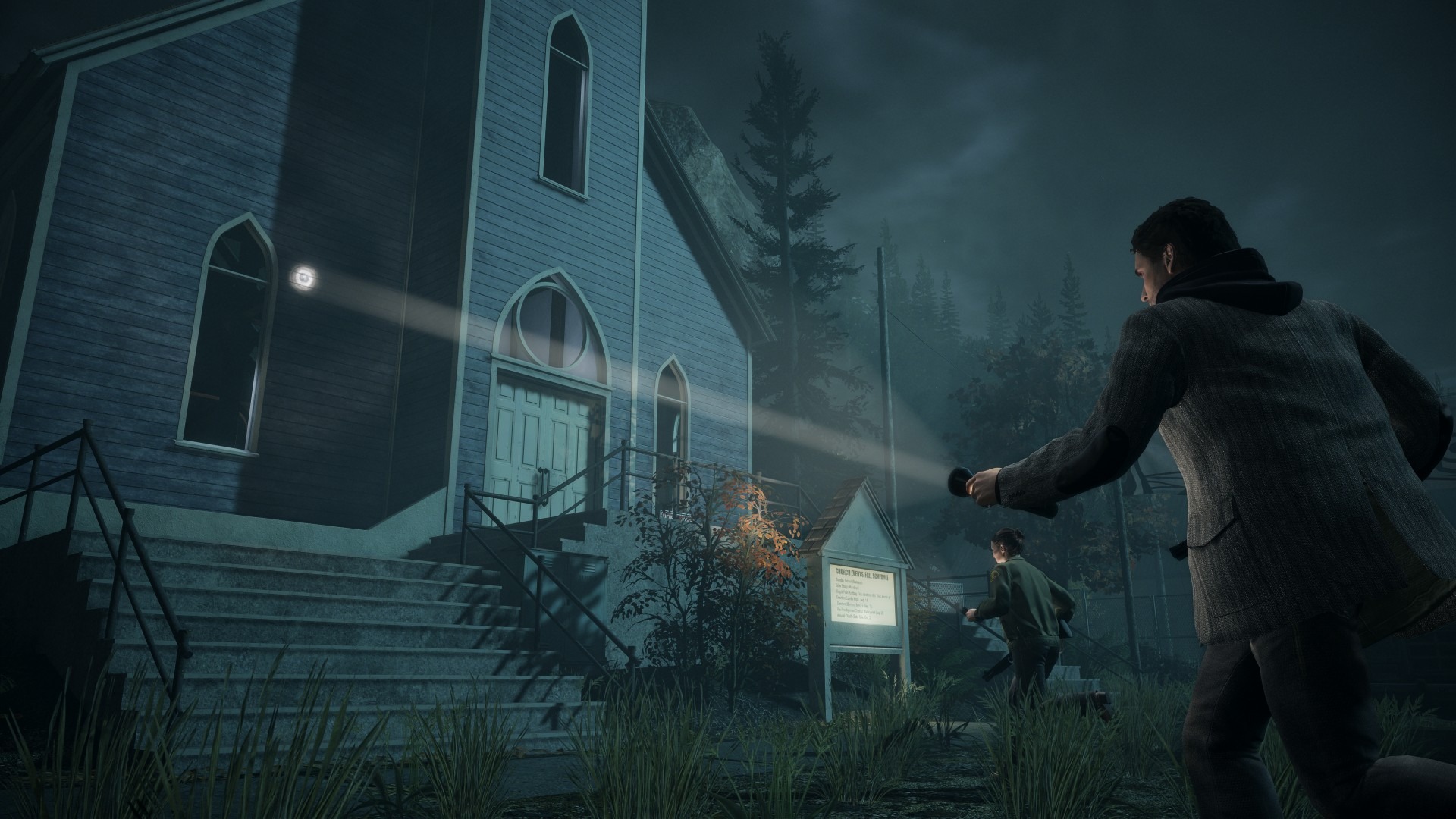

![Deleted version of Nintendo 64 Tomb Raider playable! [VIDEO]](https://thegeek.hu/wp-content/uploads/sites/2/2024/04/theGeek-Riqa-Nintendo.jpg)












